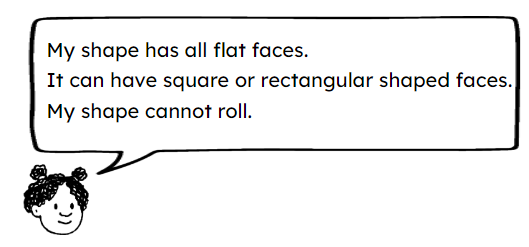Myths about teaching can hold you back
- Year 1
- Year 1
Identify 2D shapes within 3D shapes
I can describe the individual faces on 3D shapes.
These resources were made for remote use during the pandemic, not classroom teaching.
Switch to our new teaching resources now - designed by teachers and leading subject experts, and tested in classrooms.
Lesson details
Key learning points
- Recognise and know the difference between flat faces and curved surfaces.
- Know that when a shape is lying on a curved surface it will roll.
- Know that when a shape is lying on a flat face it will slide.
- Know that 3D shapes can have different shaped faces. For example, cones and cylinders have some circular faces.
Keywords
Curved surface - A rounded surface that is not flat.
Face - Any of the flat surfaces of an object.
Square face - The flat surface of a 3D shape that is shaped like a square with four sides that are equal in length.
Rectangular face - The flat surface of a 3D shape that is shaped like a rectangle with four sides.
Circular face - The flat surface of a 3D shape that is shaped like a circle with one curved line.
Common misconception
May think that a sphere has a circular face because when drawn, a sphere looks like a circle.
Physically handle and compare spheres, cylinders and cones. Explore why a sphere cannot stand but a cylinder and a cone can.
To help you plan your year 1 maths lesson on: Identify 2D shapes within 3D shapes, download all teaching resources for free and adapt to suit your pupils' needs...
To help you plan your year 1 maths lesson on: Identify 2D shapes within 3D shapes, download all teaching resources for free and adapt to suit your pupils' needs.
The starter quiz will activate and check your pupils' prior knowledge, with versions available both with and without answers in PDF format.
We use learning cycles to break down learning into key concepts or ideas linked to the learning outcome. Each learning cycle features explanations with checks for understanding and practice tasks with feedback. All of this is found in our slide decks, ready for you to download and edit. The practice tasks are also available as printable worksheets and some lessons have additional materials with extra material you might need for teaching the lesson.
The assessment exit quiz will test your pupils' understanding of the key learning points.
Our video is a tool for planning, showing how other teachers might teach the lesson, offering helpful tips, modelled explanations and inspiration for your own delivery in the classroom. Plus, you can set it as homework or revision for pupils and keep their learning on track by sharing an online pupil version of this lesson.
Explore more key stage 1 maths lessons from the Recognise, compose, decompose and manipulate 2D and 3D shapes unit, dive into the full primary maths curriculum, or learn more about lesson planning.

Licence
Prior knowledge starter quiz
6 Questions
Q1.Which of these shapes is a cube?
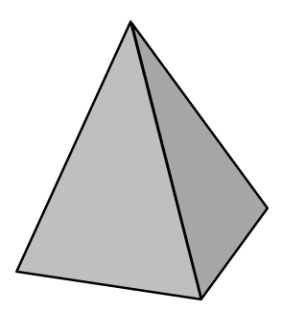
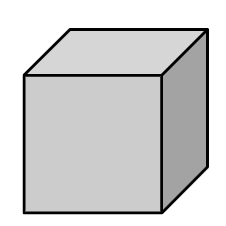
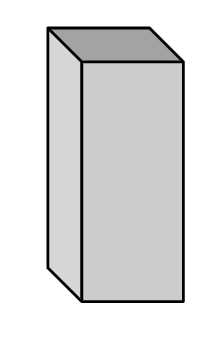
Q2.Which of these is a triangle?
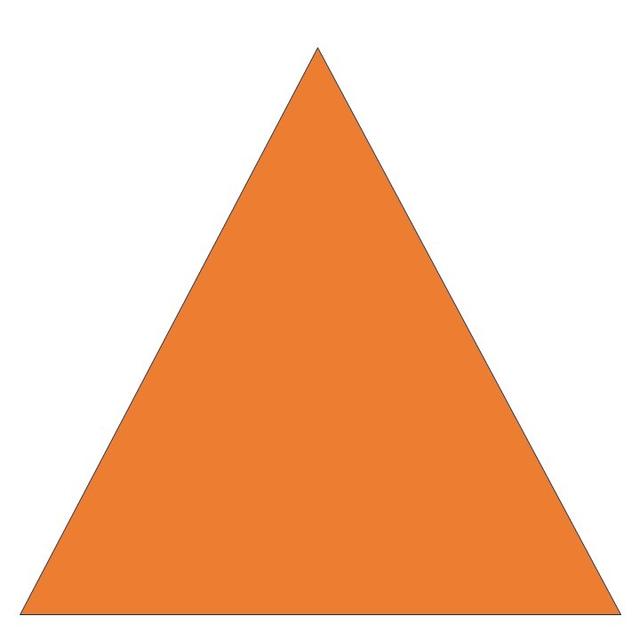

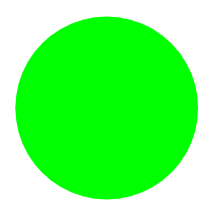
Q3.How many rectangles can you see?
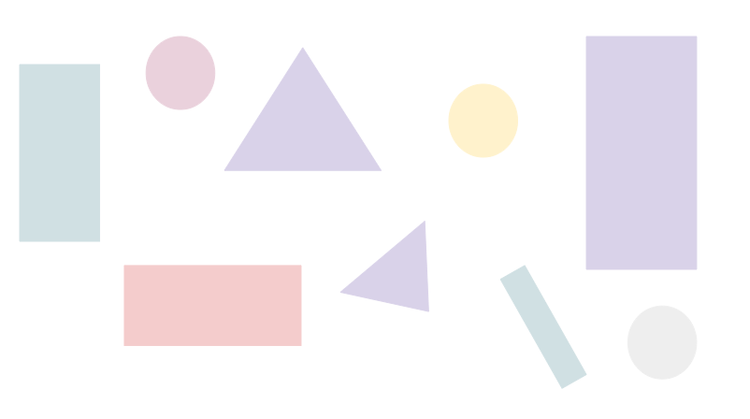
Q4.Which of these 3D shapes will stack?
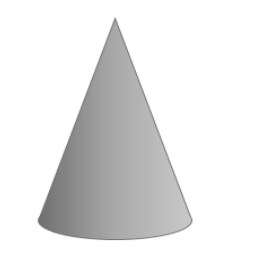
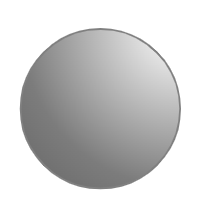
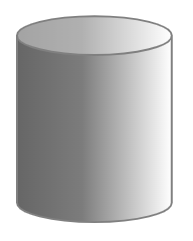
Q5.Jun was asked to make a tower using just cuboids. He has made a mistake. Can you spot the incorrect shape?
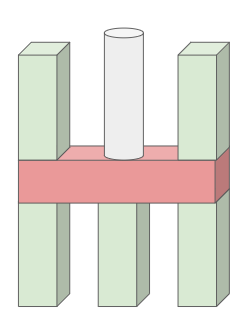
Q6.Izzy has sorted her shapes into two groups. The name of one of the groups is missing. What is it?
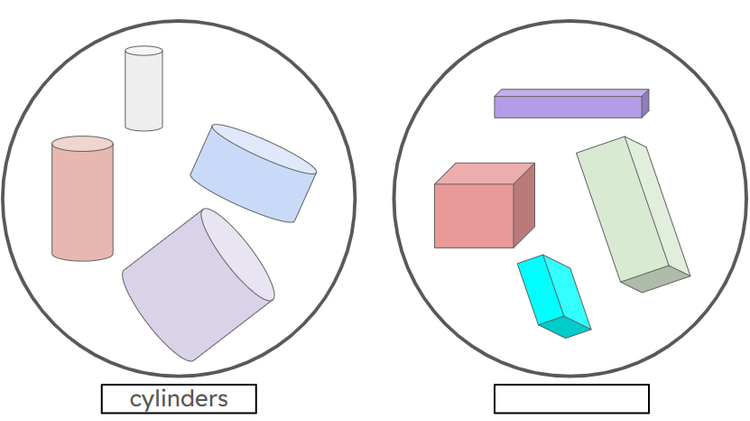
Assessment exit quiz
6 Questions
Q1.Which of these shapes does NOT have a curved surface?
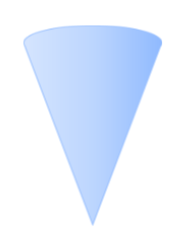
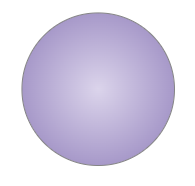
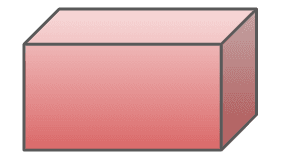
Q2.Complete the sentence. A pyramid will slide because it has ..................... faces.
Q3.True or False? This shape will slide down the ramp.
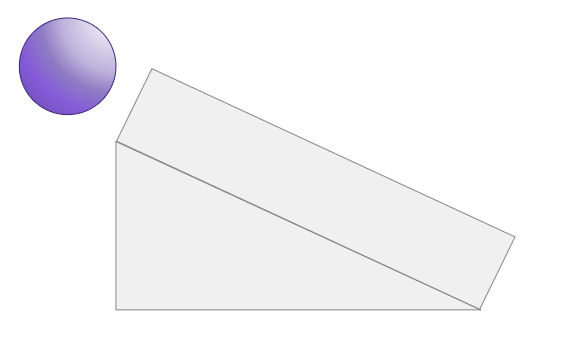
Q4.Jun has sorted the shapes into those that roll and those that slide. Which shape is in the wrong place?
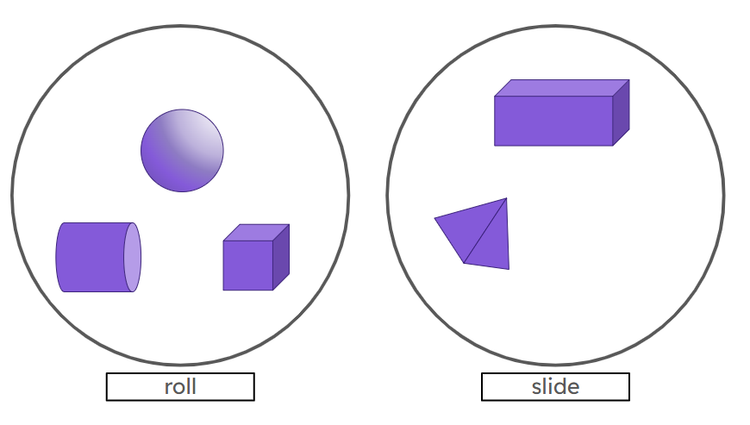
Q5.Laura has drawn around one of the faces of her 3D shape. Which 3D shapes could it have been?
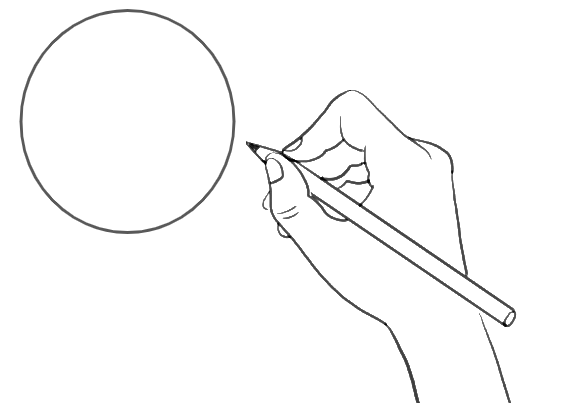
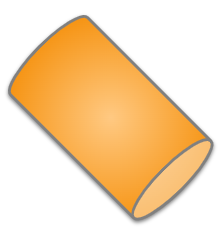


Q6.
